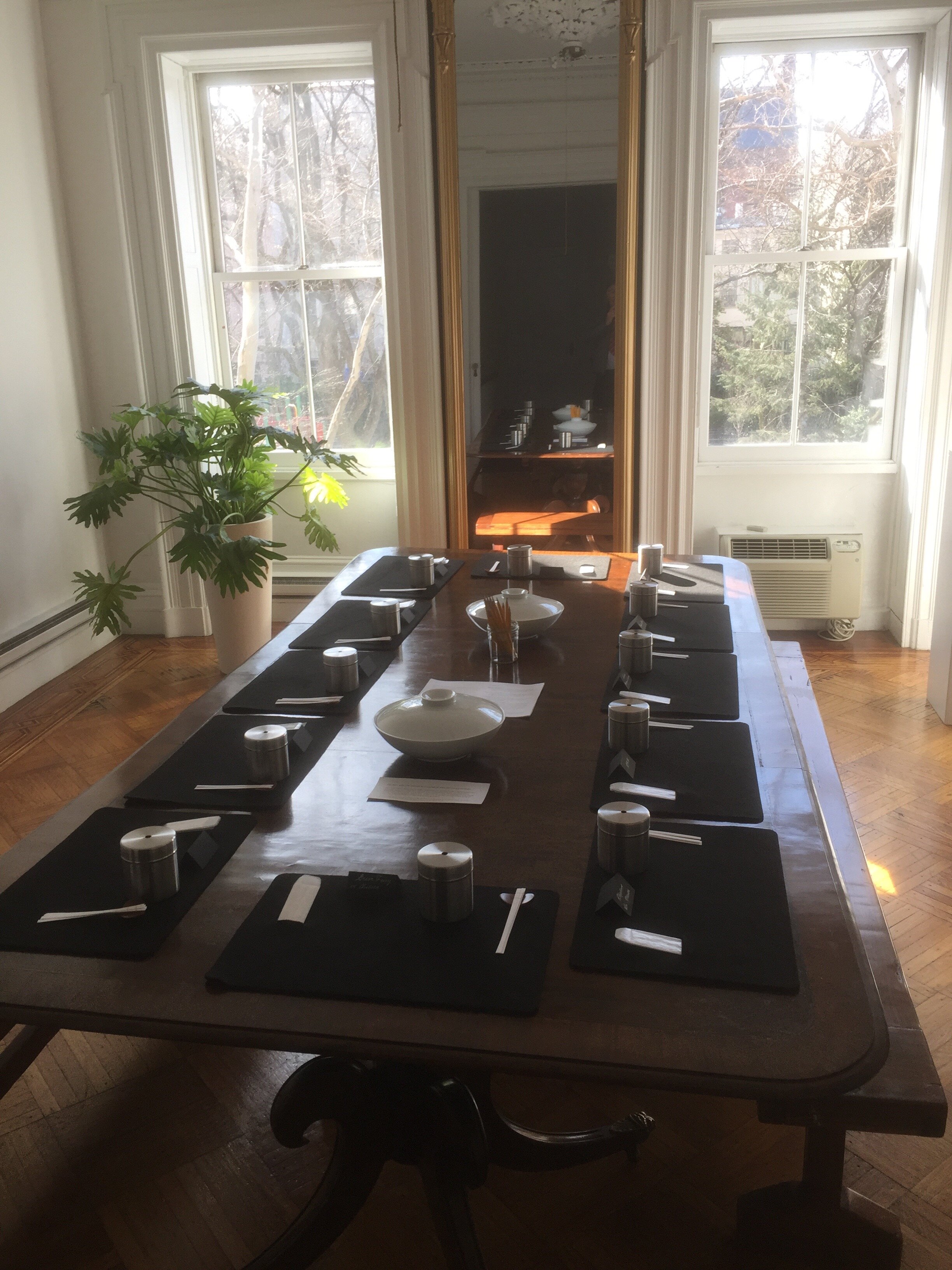Articles
Since I have published several articles with similar content on the same topic (usually in response to requests), this tab identifies and groups by topic a select number of those articles I consider the most important statements of my views. This selection should save the interested researcher some time. The full texts are not available here due to copyright considerations.
Art Concept (cultural history)
Encyclopedie, Paris 1751
“What WAS Fine Art? Painting and Sculpture Before and After the Reign of the Fine Arts,” in Nöel Carroll and Jonathan Gilmore, eds. Routledge Companion to Painting and Sculpture (Forthcoming). (This article updates the arguments made in The Invention of Art and in the article “Continuity and Discontinuity in the Concept of Art” which answers some criticisms of that book but also emphasizes the diminished relevance of the “fine art” rubric that has occurred over the last two decades.)
“Continuity and Discontinuity in the Concept of Art,” British Journal of Aesthetics, Vol. 49, No.2, April, 2009, pp. 159-169. This article is a reply to some criticism of both Kristeller’s “The Modern System of the Arts” and my book The Invention of Art.)
Art Concept (social practice view)
“An Alternative to ‘Rules’ in Practice Approaches to Distinguishing Art Kinds,” Contemporary Aesthetics, Vol. 7, (2019). Freely accessible at contempaesthetics.org. (This article sketches my view of art as a social practice and specifically criticizes philosophical talk of practices as governed by “rules.”)
Art Concept (“primitive art”/”tourist art”)
Nkisi Nkondi, African power figure
“Western and Non-Western Art: Universality and Authenticity,” in Art and Essence, ed. Stephen Davies (New York: Greenwood Press, 2003), pp.143-156. (This chapter criticizes the practice of those philosophers who want to assimilate the arts of small-scale societies—such as the Nkisi Nkondo figure to the left that has primarily social/religious functions—to Western notions of fine art and apply Western notions of authenticity to them.)
“‘Primitive Fakes,’‘Tourist Art,’and the Ideology of Authenticity,” Journal of Aesthetics and Art Criticism, Vol. 52, No. 2, 1994, 225-234. (This article exposes the contradictions of those who selectively assimilate ritual works from traditional small-scale societies into the category of fine art, while scorning indigenous works that have been deliberately created for the art market and that accommodate Western tastes, dismissing them as “tourist art.”
Architecture
“Art Museum Architecture in the 21st Century,” in Aesthetics: A Reader in Philosophy of the Arts, David Goldblatt, et. al, eds. New York: Routledge, 2018. (This essay expands my previous critique of the kind of spectacular art museum architecture that gives precedence to audacious form over practical function. It illustrates this analysis (which is more nuanced than some of my previous articles on the subject such as the one below) with a comparison of the 2014 Foundation Louis Vuitton by Frank Gehry in Paris (top photo) and the 2015 Whitney Museum by Renzo Piano in New York (bottom photo).
“Architecture vs. Art: The Aesthetics of Art Museum Design,” in Arnold Berleant and Yuriko Saito, eds. Perspectives on Contemporary Art (Providence, RI: Rhode Island School of Design) 2015. (This essay, which first appeared in the on-line journal Contemporary Aesthetics (www.contempaeshetics.org) in 2007, develops criteria for a critique of art museum designs that put eye-catching forms before service to the art within.
Craft Concept
“Craft” The Encyclopedia of Aesthetics, 2nd ed., Michael Kelly, ed. (Oxford: Oxford University Press, 2014). (A brief overview of current thinking about the nature of craft)
“Blurred Boundaries? Rethinking the Concept of Craft and its Relation to Art and Design,” Philosophy Compass 7:4 April 2012, pp. 230-244. (This essay develops a analysis of various aspects of the concept of craft in contemporary usage by setting it in relation not only to art, as Collingwood did, but also to design.)
Philosophy of History
(All the articles in this section were written as part of a projected book on a phenomenological approach to the philosophy of history. For reasons I explain in my intellectual biography, I gave up the project a few years after I moved from Cornell College to what was then Sangamon State University, now University of Illinois at Springfield.)
"Some Structures of Historiographical Temporality," Southern Journal of Philosophy, Vol. 11, No. 4, 1974.
"Sacred Space, Profane Space, Human Space," Journal of the American Academy of Religion, Vo. XL, No. 4, 1972, 426-36.
"Husserl and Historical Science," Social Research, Vol. 37, No. 4, 1970, 151-161.
"A Phenomenological Approach to Historical Knowledge," History and Theory, Vol. VIII, No. 2, 1969, pp. 260-272.
Secularization
"Tradition/Modernity: An Ideal Type Gone Astray," Comparative Studies in Society and History, Vol., 17, No. 2, 1975, 245-252. (Along with the article on “The Concept of Secularization” below this was an early foray into conceptual analysis and critique.)
“The Concept of Secularization in Empirical Research," Journal for the Scientific Study of Religion, Vol. VI, No. 2, 1967, 207-220. (This first attempt at conceptual analysis and critique was reprinted many times.)
Smell and Olfactory Art
(Left: “Over 21,” an exhibition of scents by Christoph Laudamiel at the Dillion + Lee Gallery in New York, 2017; Right: cover of Laudamiel’s 50 item manifesto on behalf of olfactory art.)
“Art Scents: Perfume, Design, and Olfactory Art,” British Journal of Aesthetics, Vol. 55:3, 375-392, 2015.
“The Aesthetics of Smelly Art,” (with Yulia Kriskovets), Journal of Aesthetics and Art Criticism, Vol. 65, No. 2, Summer, 2007, 273-286,





